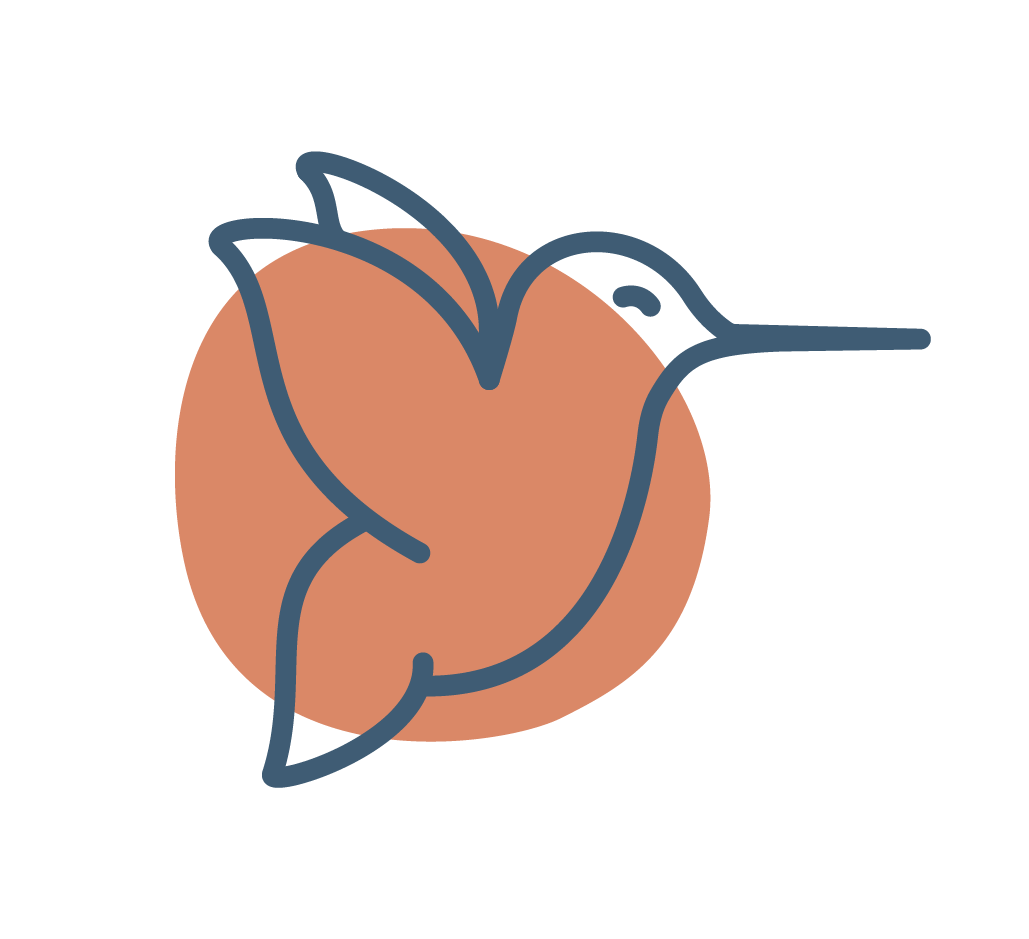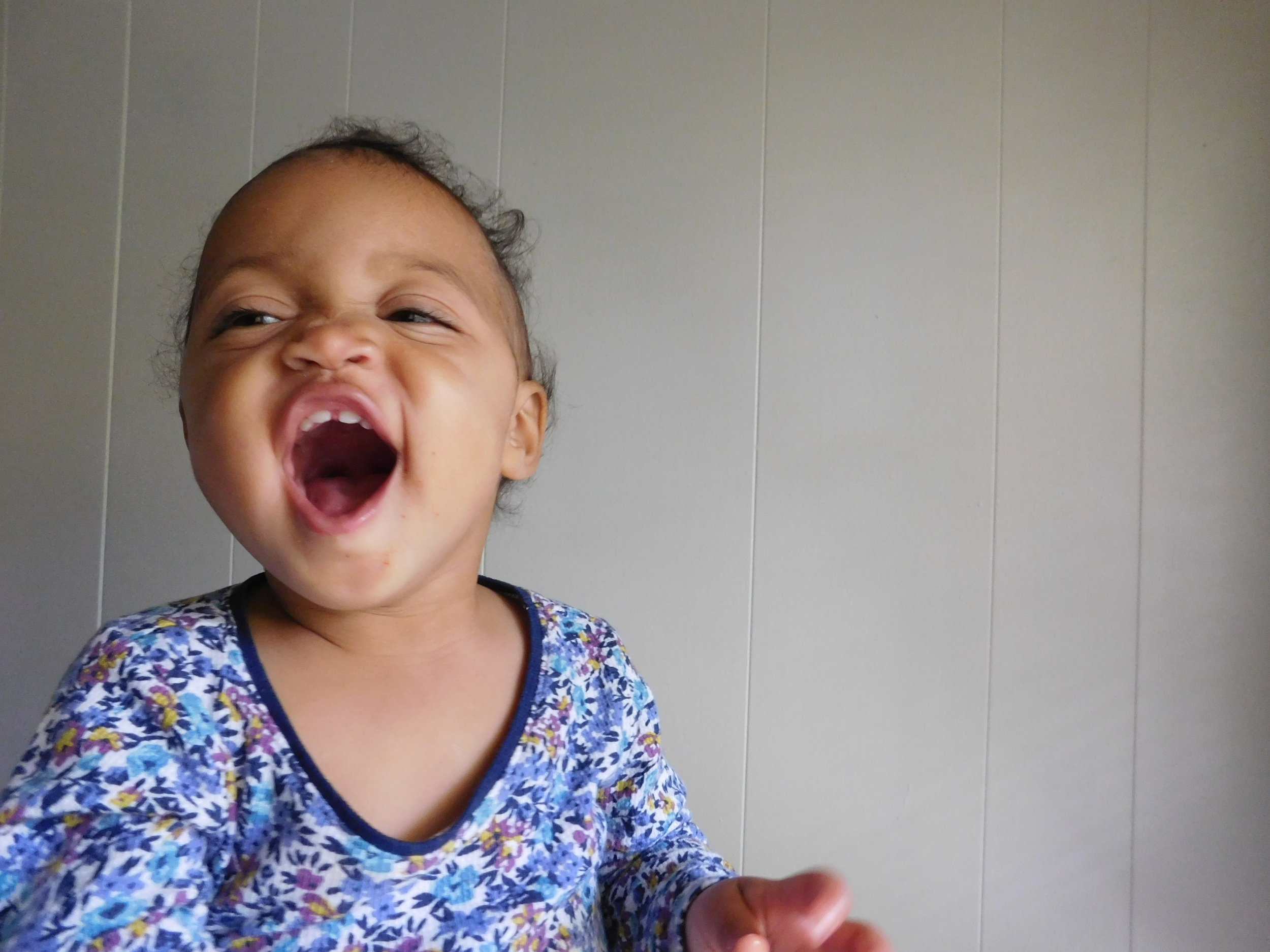Maria Montessori
“The child who has never learned to work by himself, to set goals for his own acts, or to be the master of his own force of will is recognizable in the adult who lets others guide his will and feels a constant need for approval of others.” —Education and Peace
What is the Montessori Method?
Maria Montessori, an Italian physician, began her career in a psychiatric hospital in 1900. She observed a lack of sensory stimulation for the children in the “asylum”. In answer to this void, she invited the children to participate in simple sensory tasks catapulting their senses and nurturing their minds. Children that were previously labeled as developmentally disabled flourished and scoring the same on state test designed for their developmentally typical peers.
Dr. Montessori became the health director of a public housing unit, slums, riddled with children too young for school and left to their own devices while their parents worked. Montessori not only provided healthcare but education through the form of practical tasks to fill their days. The once rowdy group of children began to develop their own society as they occupied their time with work that engaged their bodies and minds.
Her methods supported the idea that intelligence was not determined by social class or economic status (popular opinion of the time) but intelligence could be nurtured and absorbed through a rich environment. She continued to develop materials that developed the whole child. Her science based philosophy, kind spirit and the effects of World War II led her to leave Italy, which resulted in the spread of the Montessori Method throughout the world.
Follow our journey.
Questions?
Send us an email and we’ll answer as soon as we can.









